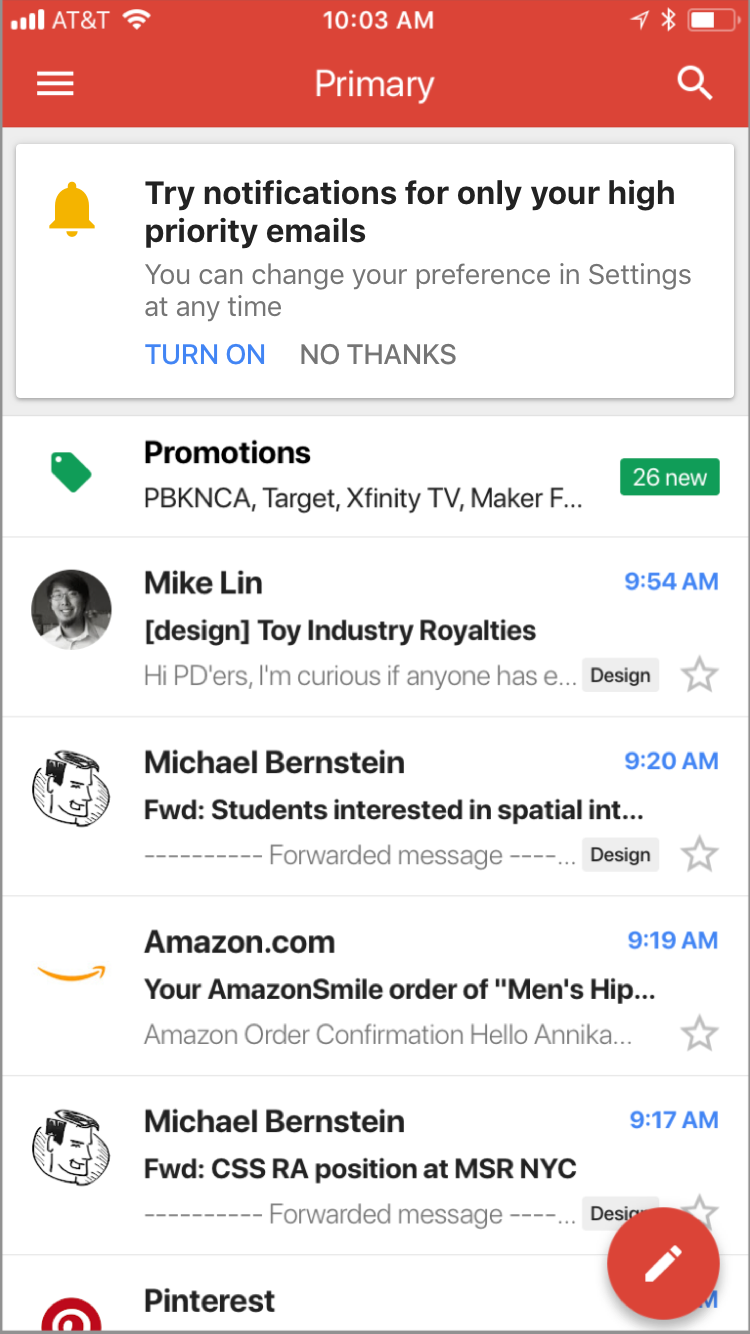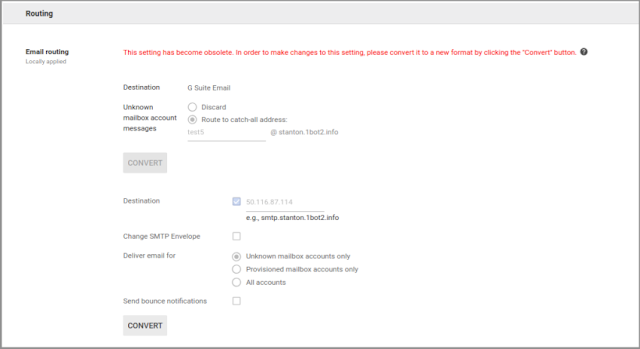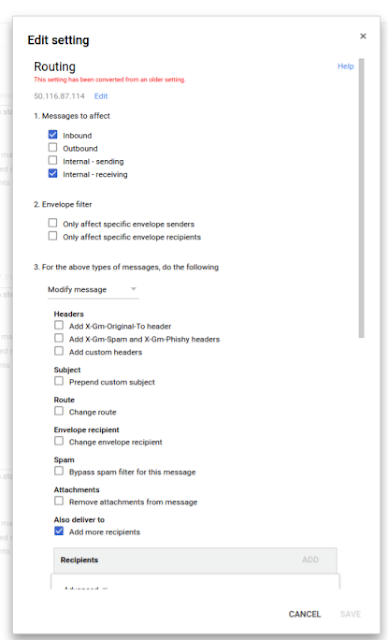Receive notifications on your iOS device for high-priority emails only
Notifications are only useful if you have time to read them—and if you’re being notified hundreds of times a day, chances are, you don’t. That’s why we’re introducing a feature that alerts you only when important emails land in your Gmail inbox, so you know when your attention is really required.

These notifications leverage Gmail’s machine learning and artificial intelligence capabilities to identify messages you may want to read first. To enable the feature, select “High priority only” from the Notifications drop-down in the settings menu of your Gmail iOS app.
Available on iOS now and Android soon, we hope this feature makes your Gmail notifications relevant—not just noise.
Launch Details
Release track:
Launching to both Rapid Release and Scheduled Release
Editions:
Available to all G Suite editions
Rollout pace:
Full rollout (1–3 days for feature visibility)
Impact:
All end users
Action:
Change management suggested/FYI
Reference by Google.com



